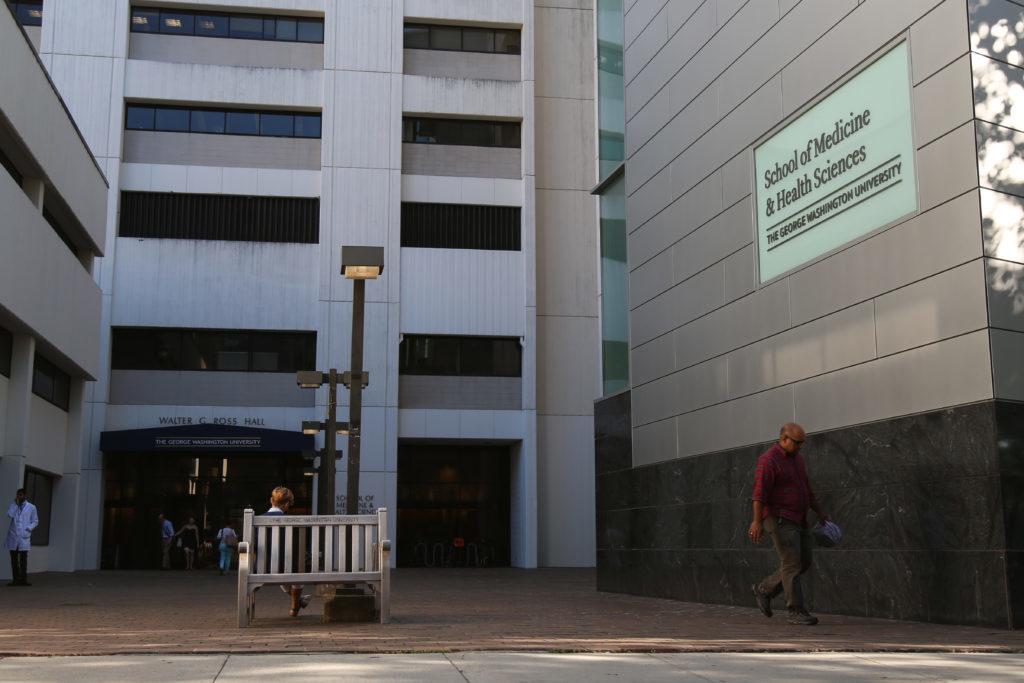The medical school is getting $3.9 million in the coming fiscal year to step up its labs, classrooms and facilities.
The project will include upgrades to labs and classrooms in Ross Hall and the school’s information technology infrastructure, Walter Harris, senior associate dean for administration and operations of the medical school, said. The renovations will allow the medical school to keep up with modern technology and stay competitive with other universities, faculty said.
“The updates are standard and will simply enable work to continue and improve support for our faculty and students,” Harris said in an email. “These renovations enable our students, faculty and staff to continue the work they are doing in medical research and education.”
Harris said the renovations and upgrades will be implemented throughout the coming fiscal year, which begins this summer. The renovation process will have “minimal impacts” on students and faculty, he said.
The renovations will be funded by the roughly $67 million capital budget, which the Board of Trustees approved last month.
Harris declined to say what the renovations will specifically entail and how classrooms and labs will be updated. Harris declined to provide a timeline of the renovations and how officials decided which improvements to make to the school’s facilities.
In recent years, the medical school has sought funding to upgrade its facilities outside the capital budget, looking to collect $25 million for building renovations during the University’s $1 billion capital fundraising campaign, which will officially end later this month.
Julia Cruz, a clinical instructor of medicine, said with the fast pace of technology in the medical field, frequent upgrades are necessary to prepare future doctors who will require high-grade equipment for their work.
“I think even within a short period of time I think technology has changed so much, we do have to have those things to be able to share with students,” Cruz said.
Cruz said that using the money to provide medical students with standardized patients, or actors who pretend to be patients with specified medical conditions, would be helpful for training students on how to conduct medical consultations.
“I think that anytime that we can spend money using as close a model to a real patient as we can, and use the students to play the role that they are eventually going to play, that is money very well spent,” Cruz said.
Daniel Ein, a clinical professor of medicine, said he has been lobbying to have an allergy fellowship funded for several years, which could allow for more specialized training for his students.
“I would love to see a little tiny bit of that money go into helping us develop an allergy fellowship,” he said. “I think we provide a lot of value in terms of patient care.”
He added that every other department in the medical school has this type of fellowship and that his department would benefit from such a program.
Patricia Berg, a professor of biochemistry and molecular medicine, said upgrading equipment in the medical school allows scientists and researchers to be competitive with their work. Advanced equipment will allow for innovative discoveries, she said.
“If you’re working on something and somebody else at another institution is working on the same question and they have modern equipment and you don’t, you can forget it,” Berg said. “You won’t get grants, you won’t publish, you might as well just forget science — so it’s crucial to keep up.”
She added that putting money towards cores, or designated labs with common equipment to help with investigations, can make a university attractive to prospective scientists and researchers.
“They do look to see what cores might be available if they were to come to that place,” Berg said. “This means they don’t have to duplicate the equipment and pay for it and maintain it.”





